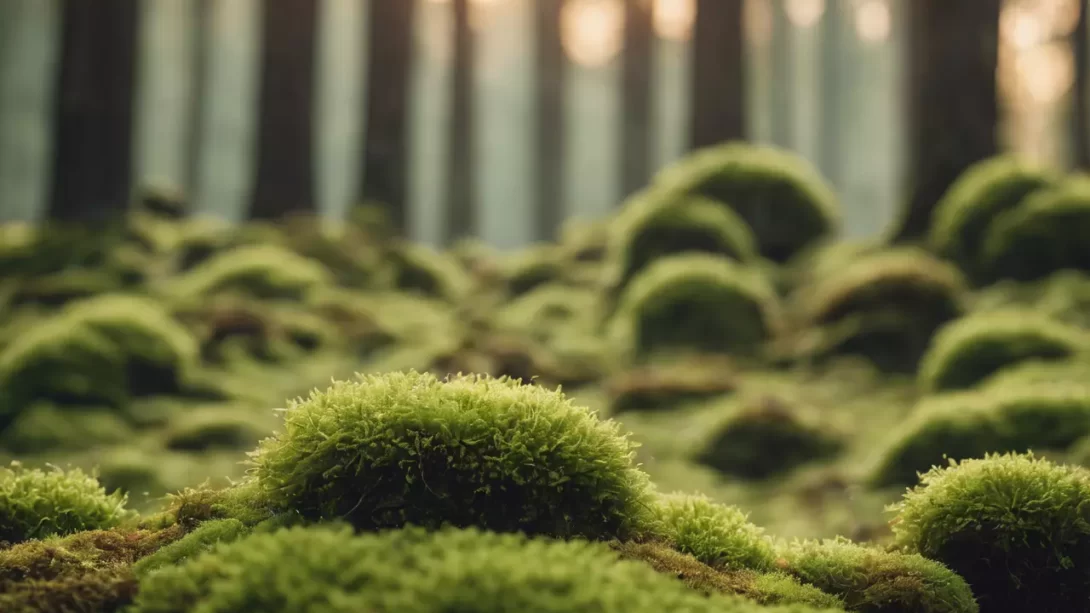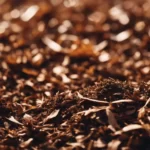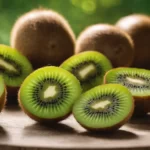Mosses, with their soft, green carpets covering forest floors and tree trunks, are a familiar sight in many damp, shaded environments. These simple, non-flowering plants have sparked curiosity for their potential as a food source. While not commonly found in modern diets, understanding the edibility of moss is intriguing for foragers, survival enthusiasts, and those interested in unconventional food sources.
Types of Moss
There are over 12,000 species of moss worldwide, each with unique characteristics. Some common types include Sphagnum moss, often used in gardening, and Bryum moss, frequently seen on city sidewalks. However, not all mosses are equal in their potential as food. Identifying the right type is crucial, as some varieties can be toxic.
Nutritional Content of Moss
Mosses are not known for their nutritional richness, especially when compared to conventional fruits and vegetables. However, they do contain some vitamins and minerals, primarily Vitamin C and potassium. Sphagnum moss, for instance, has historically been used as a source of Vitamin C. Despite this, mosses generally have a low calorie count and minimal protein, making them more of a survival food rather than a substantial dietary component.
Historical and Cultural Uses of Moss
Throughout history, moss has played a role in human survival, especially in Arctic and sub-Arctic regions where other food sources are scarce. Indigenous peoples in these areas have used mosses like Reindeer Moss as emergency food. In some cultures, mosses have also been used as a filler or dietary supplement during times of famine. However, these uses were typically out of necessity rather than preference, and moss was rarely a staple food. In modern times, moss occasionally appears in specialized culinary applications, but it’s more of a novelty than a common ingredient.
Safety and Edibility
When considering moss as a food source, safety is a paramount concern. While many types of moss are technically edible, they can also absorb pollutants from their environment, making them unsafe for consumption in certain areas. Additionally, some moss species can be toxic. For instance, Peat moss, commonly found in bogs, can be harmful if ingested. It’s essential to properly identify moss species and understand their environment before considering them for consumption.
How to Identify and Harvest Edible Moss
Identifying edible moss requires knowledge and caution. Species like Reindeer Moss and Oak Moss are generally safe, but accurate identification is crucial to avoid toxic varieties. When harvesting moss, it’s important to choose areas away from pollutants and to gather sparingly to avoid damaging the ecosystem. Moss should be collected from clean, unpolluted areas, ideally away from roads, industrial areas, and agricultural sites where it might have absorbed harmful chemicals.
Preparing Moss for Consumption
Once safely harvested, preparing moss for consumption is a critical step. Most mosses require thorough cleaning to remove dirt and small insects. Boiling is commonly recommended to eliminate potential bacteria and to soften the moss, making it more palatable. Some traditional practices involve drying and grinding moss into a powder, which can then be used as a thickening agent or mixed with other foods. In contemporary cuisine, moss occasionally appears as a decorative element or as a unique flavoring component in experimental dishes.
Conclusion
Moss, while intriguing as a natural, wild food source, is more a subject of survivalist interest than a viable dietary staple. Its nutritional value is limited, and the risks associated with incorrect identification and potential contamination make it a less favorable choice for foraging. Historical uses of moss in human diets have been largely out of necessity, and while certain species are safe to eat, they are typically not sought after for their flavor or nutritional content. For those interested in exploring the culinary possibilities of moss, it’s essential to proceed with caution, ensuring proper identification and preparation to enjoy this unusual ingredient safely. Moss symbolizes nature’s ingenuity, but its role in the human diet remains minimal and largely experimental.



